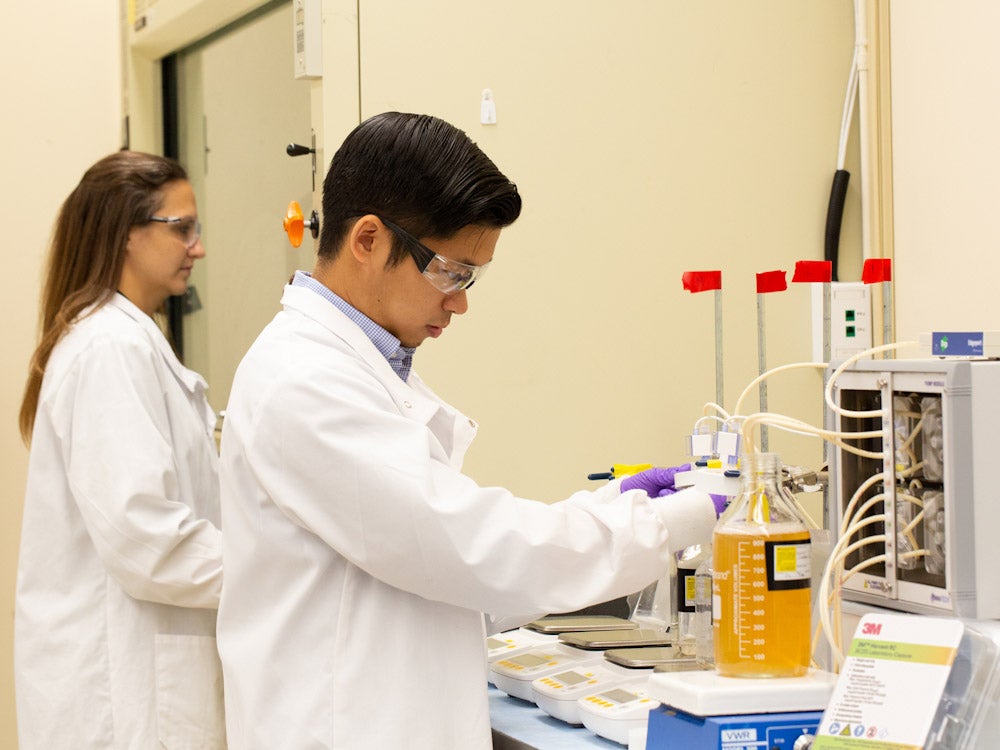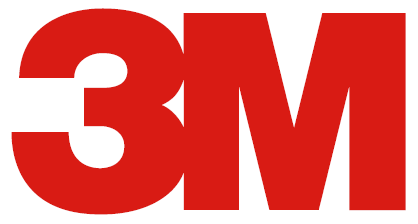
Breakthroughs in therapies containing monoclonal antibodies (mAbs) are showing ever-greater potential in treating a range of diseases, alongside biopharma manufacturers facing the challenge of keeping up with demand for production while controlling costs.
At the height of the global pandemic, mAb therapies attracted headlines from their use in the fight against Covid-19, where they were used for the effective treatment of hospitalised patients suffering from the disease.
Yet the history of mAb therapies goes back over 30 years. More than 100 treatments are currently on the market, with hundreds more on their way. Advances in technology are now harnessing the immense capabilities of mAb therapies to treat serious diseases, ranging from targeted cancer drugs to protection from Malaria.
However, costs need to fall to improve access to these life-saving therapies. In order to achieve this, increased production efficiency through process intensification is required. Increasing product yield is the most fundamental way to achieve this.
“Broadly speaking, the more steps you have in a bioprocess, the more product you lose,” explains Dr Hani El-Sabbahy, Advanced Application Engineering Specialist from 3M. “The way to address this is through process simplification, combining multiple steps into one is a good way to achieve higher product recovery.”
Addressing efficiency issues in biopharma manufacturing
Biopharmaceutical manufacturers are continuously striving for more efficient processes. This starts by intensifying the upstream process, which essentially boils down to producing more product per unit volume. Achieving this either involves making the cells more productive or increasing the cell density.
However, both these options can result in higher impurity levels, which places additional burden on the clarification and the rest of the downstream process.
“As you make the bioreactor more productive, you create higher impurity levels both in terms of soluble and insoluble impurities. Therefore, the burden on subsequent steps becomes greater,” adds Dr El-Sabbahy.
Dealing with this issue during clarification using traditional technologies would require the application of more depth filter area and/or a greater number of steps, explains Dr El-Sabbahy. However, both of these options decrease yield.
“We have a tension here,” adds Dr El-Sabbahy. “On the one hand, we have an increase in product titre. And then on the other, because the feed material is more challenging, the yield can be reduced when utilising existing technologies.”
Previous-generation clarification technologies such as depth filtration on its own or combined with centrifugation, for example, are increasingly unable to meet the greater demands of higher cell density cell cultures, which are becoming more common.
“You’re really coming to the limits of what those types of clarification solutions can achieve,” adds Dr El- Sabbahy. “If we take a typical two-stage depth filter train, you’d typically expect to lose between 10% and 15% of your product over that train.
“When the feed material becomes more challenging, the throughputs go down, which negatively impacts yield. “
“These technologies have been around for a long time. And they worked well when the challenge wasn’t so high. But now the challenge is higher, we need a solution which is specifically designed for the challenge.”
Increasing yield by reducing steps
One way to increase yield is to reduce the number of steps in your process by combining steps. The 3M™ Harvest RC Chromatographic Clarifier has been designed to meet this specific need in biopharma manufacturing, condensing the number of steps required in the clarification of mammalian cell cultures.
The 3M™ Harvest RC Chromatographic Clarifier is a single-use solution that has been specifically designed for the clarification of higher cell density Chinese Hamster Ovary (CHO) cell cultures. It meets many of the challenges associated with clarification by using fibrous anion exchange (AEX) chromatography to separate cells, debris, and soluble impurities based on charge – avoiding centrifugation and depth filtration. It also operates at low pressure, reducing cell shear. Therefore, decreasing the impurity burden on the rest of the downstream process. Consequently, the potential for increased yield and reduced costs are considerable.
“We’re regularly seeing yields of 95% or greater during clarification using 3M™ Harvest RC Chromatographic Clarifier. Comparing that to typical losses of 10-15% for a two-stage depth filter train or 20%-25% for a combination of centrifugation and depth filtration, the increase in product recovery is significant. If you consider the implications of that, a 10% increase in yield would enable you to produce nine batches instead of ten and still produce the same amount of product,” adds Dr El-Sabbahy. “This can result in reductions in costs for our customers.”
To learn more about how the 3M™ Harvest RC Chromatographic Clarifier is revolutionising biopharma production, download this specially commissioned white paper.


